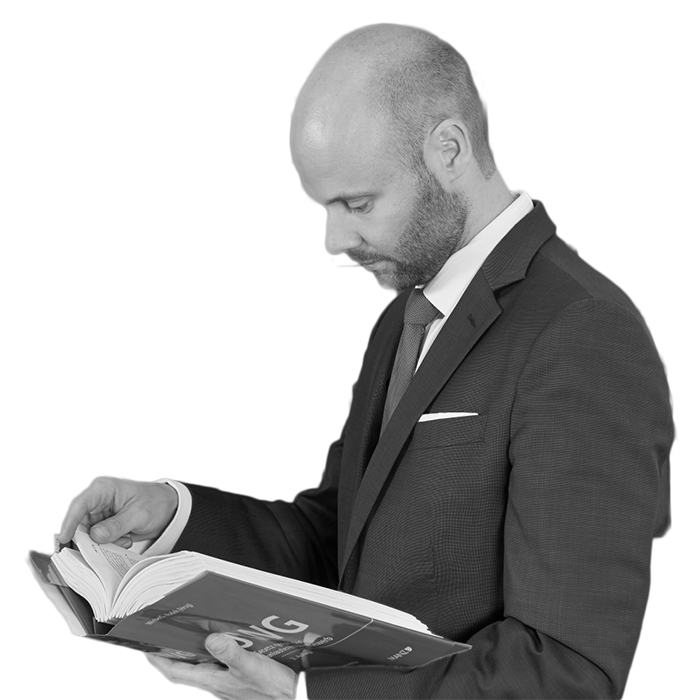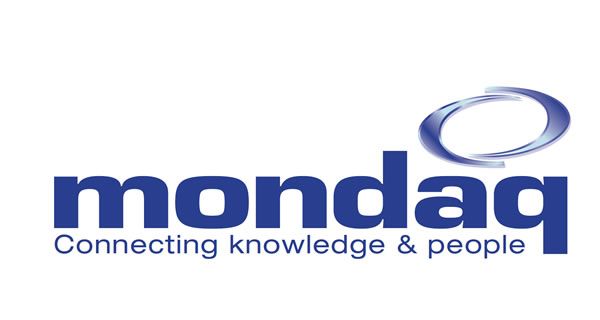The main parties to the insolvency proceedings are:
- Debtor
- Insolvency court:
The competent insolvency court is the court of first instance (regional court) or, in Vienna, the Commercial Court of Vienna. Only in the case of private bankruptcy is the district court responsible. The task of the insolvency court, which always rules as a single judge, is to manage the proceedings and to supervise the activities of the other insolvency bodies—this includes, for example, confirming the restructuring plan, deciding on measures to safeguard the insolvency estate, or annulling, terminating or discontinuing the proceedings.
- Insolvency administrator:
The insolvency administrator is appointed by the insolvency court in the opening decision. In liquidation proceedings and in restructuring proceedings without self-administration, he or she is called the insolvency administrator; in restructuring proceedings with self-administration, he is called the restructuring administrator. The insolvency administrator plays the main role in the proceedings, as he or she is responsible for conducting the proceedings and also bears the main responsibility for maintaining the company and satisfying the creditors. For example, his or her duties include determining the debtor’s economic situation, reviewing and monitoring the continuation of the company or determining the status of the assets and their distribution.
- Creditors:
The aim of the procedure is to satisfy the creditors while observing the principle of equal treatment of creditors—this means that all creditors must be offered the same quota. There are different types of creditors, whose position depends on the nature of their claim. Among other things, the type of creditor plays a role with regard to prioritized satisfaction of the claim. The following are worthy of mention:
- Separation and segregation creditors:
In most cases, separation creditors are the owners of an item that is in the debtor’s power of disposal at the time the insolvency proceedings are opened. The item does not belong to the insolvency estate and is therefore not subject to equal treatment. An example of a separation creditor is a co-owner in relation to their co-ownership share or a lender.
The segregation creditor is a creditor secured in rem—this includes, in particular, lien creditors. The right to separate satisfaction is also not affected by insolvency proceedings. If they are not fully satisfied, the residual claim can be asserted as an insolvency claim.
- Mass creditor:
Claims against the insolvency estate (“mass”) are those claims which arise against the insolvency estate after the opening of the insolvency proceedings. They shall be given priority and satisfied in full. Claims against the insolvency estate include, among others, the costs of the insolvency proceedings, claims of employees for current remuneration for the period after the opening of the insolvency proceedings or the costs of maintaining and administering the insolvency estate.
- Insolvency creditor:
Insolvency creditors are all personal creditors of the debtor who have a pecuniary claim against the debtor at the time the insolvency proceedings are opened. Unlike mass creditors, they are to be satisfied in proportion to their claims to the insolvency estate—there is therefore no complete satisfaction.
- Subordinated and excluded creditors:
Certain claims cannot be asserted or can only be asserted on a subordinate basis. Excluded are, for example, interest on insolvency claims arising since the opening of the insolvency proceedings or the costs incurred by the creditors as a result of participating in the proceedings.
- Creditors’ committee and creditors’ meeting:
The creditors’ committee serves to monitor and support the insolvency administrator. It is to be appointed by the insolvency court ex officio or at the request of the creditors’ meeting if this is necessary due to the nature or scope of the company. It shall consist of three to seven members, one of whom shall be responsible for employee matters.
The insolvency creditors participate in the insolvency proceedings as a whole in the creditors’ meeting. The creditors’ meeting represents the common interests of the insolvency creditors and supervises the creditors’ committee and the insolvency administrator.






